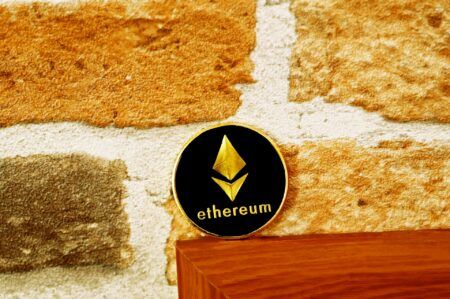Payal Shah, the Director of Equity & Cryptocurrency Product Development at CME Group, recently had an article published in Institutional Investor in which she she laid out her argument that Ethereum has intrinsic value.
According to this article, Ethereum has become synonymous with Decentralized Finance (DeFi) as the primary driver for most products and networks in the growing finance sector. Shah argued that $ETH has managed to distance itself from Bitcoin’s price fluctuations and is now being driven by its own catalysts.
Shah highlighted Ethereum’s smart contract capability, saying the platform was designed — right from the start — to support execution of smart contracts that power Decentralized Applications (DApps), such as those in the DeFi sector.
She wrote:
Real-world use cases are already beginning to emerge and sustain value, as the Ethereum blockchain can execute smart contracts that power decentralized applications (DApps) like decentralized finance (DeFi) or nonfungible tokens (NFTs).
The CME Group Director said adopters should think of Ethereum as an infrastructure, spurring new types of connectivity that would “revolutionize” both finance and technology.
Shah went on to note the value of the Proof-of-Stake (PoS) model of Ethereum 2.0 as a substantial improvement and something that will increase the transaction capability of the network. She claimed Ethereum was both faster and more scalable than Bitcoin, and would likely continue to gain advantage with the rollout of the 2.0 upgrade.
Shah also mentioned the PoS model will help to make $ETH a deflationary asset by incentivizing users to stake more $ETH, thereby reducing the circulating supply:
“With Ethereum’s new model, there is a fundamental change in how blocks are created. Instead of rewarding miners for creating blocks, validators will earn a transaction fee for each transaction and smart contract they validate.
“The more ether that is staked the higher the value because there is fewer ether in circulation. In addition, proof of stake removes the costs associated with mining such as electricity and hardware costs, meaning that fewer ether will be sold by miners and potentially be staked, so the deflationary aspect might come into play in ways it hasn’t previously.“
Disclaimer
The views and opinions expressed by the author, or any people mentioned in this article, are for informational purposes only, and they do not constitute financial, investment, or other advice. Investing in or trading cryptoassets comes with a risk of financial loss.
Image Credit
Image by Die Wirtschaftsnews from Pixabay









